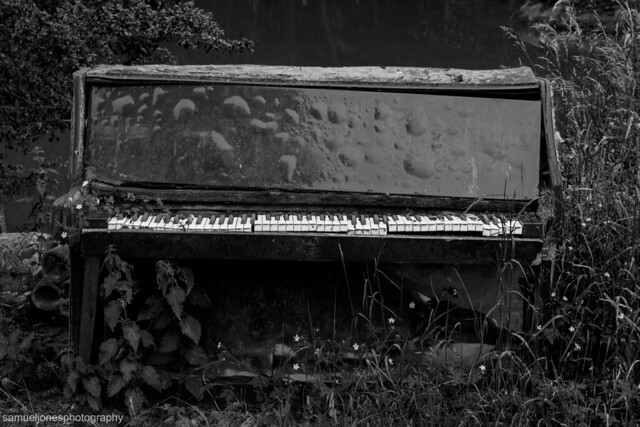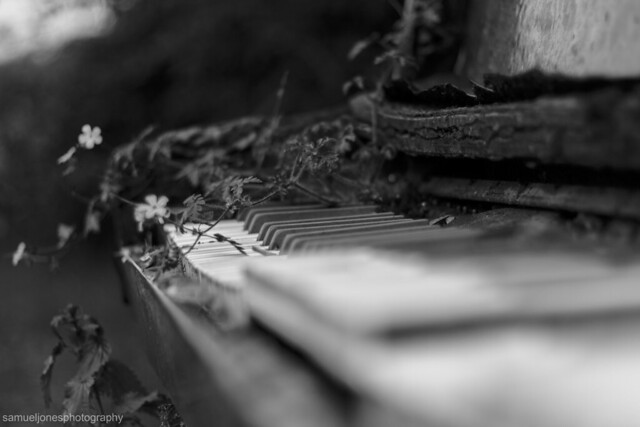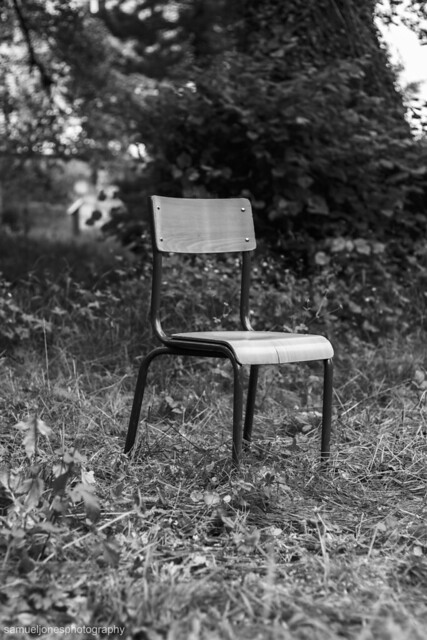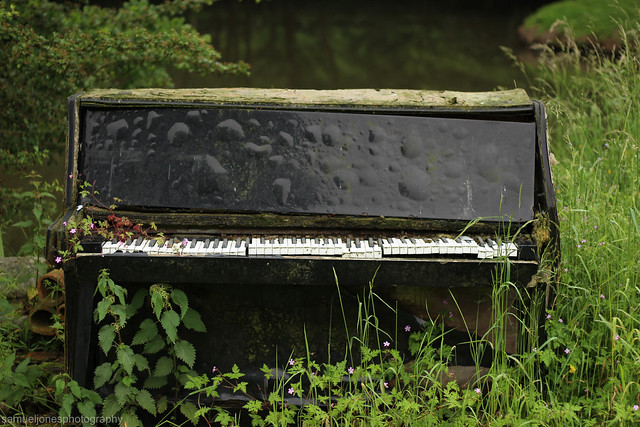- Messages
- 137
- Name
- Sam
- Edit My Images
- Yes
When I went to France a coup,e of months ago, I decided to start a small project on Abandonment. I have a couple of images to start off with...
I have posted a couple of these before, but thought I would include them with the project. .
.
 Abandoned Piano by Samuel Jones, on Flickr
Abandoned Piano by Samuel Jones, on Flickr
 Piano Close-up by Samuel Jones, on Flickr
Piano Close-up by Samuel Jones, on Flickr
 Abandoned Chair by Samuel Jones, on Flickr
Abandoned Chair by Samuel Jones, on Flickr
 Abandoned Trolly by Samuel Jones, on Flickr
Abandoned Trolly by Samuel Jones, on Flickr
I have posted a couple of these before, but thought I would include them with the project.
 Abandoned Piano by Samuel Jones, on Flickr
Abandoned Piano by Samuel Jones, on Flickr Piano Close-up by Samuel Jones, on Flickr
Piano Close-up by Samuel Jones, on Flickr Abandoned Chair by Samuel Jones, on Flickr
Abandoned Chair by Samuel Jones, on Flickr Abandoned Trolly by Samuel Jones, on Flickr
Abandoned Trolly by Samuel Jones, on Flickr

 Piano Colour 2
Piano Colour 2 Piano Colour
Piano Colour